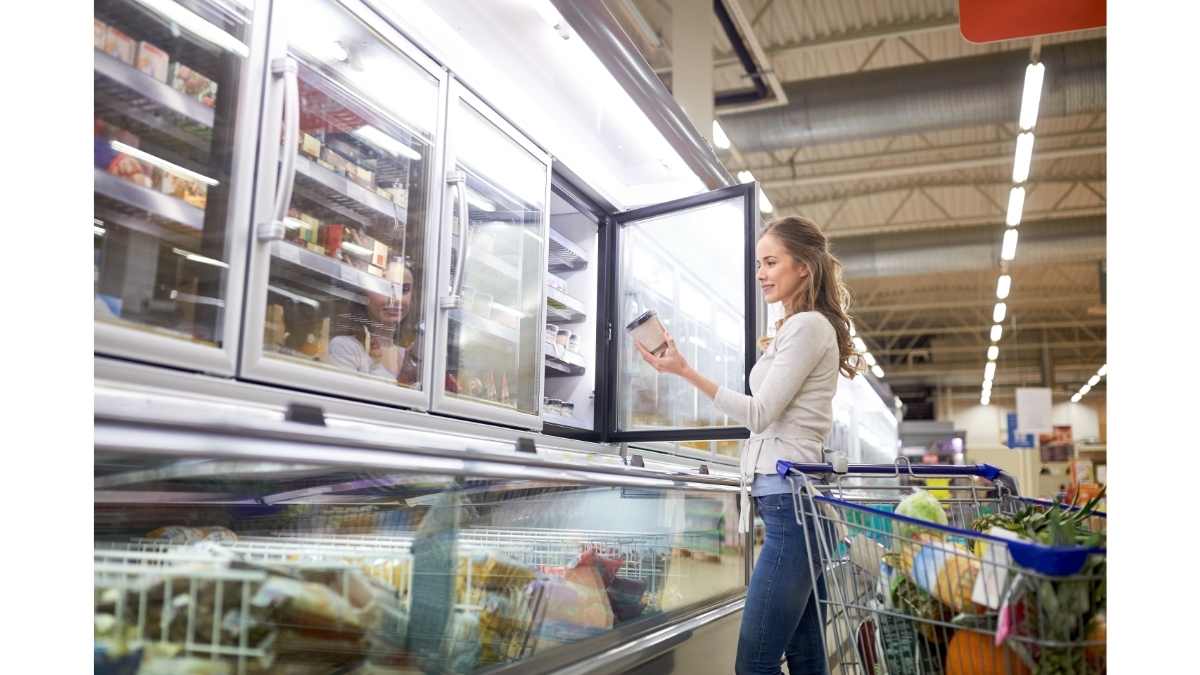International. Unilever announced the launch of pilot projects to test the use of ice cream freezer cabinets at a warmer temperature, with the aim of reducing energy use and greenhouse gas emissions by approx. 20 – 30% per freezer*, while ensuring the same quality of ice cream and the same consumer experience.
The two pilots, which began in May in Germany with a second pilot to follow in Indonesia next year, are the first step in exploring and understanding the performance of the ice cream product and the energy consumption of freezers at warmer temperatures of -12°C under real-life conditions.
With a current industry standard in many markets of -18°C, Unilever's ambition is to increase the temperature of its retail freezers to -12°C to improve energy efficiency and reduce greenhouse gas emissions, in a move it hopes will propel the industry towards change.
Following the completion of the first two drivers and if successful, Unilever will work to "heat" its last-mile freezer cabinets in a staged approach. Unilever will start in markets where the carbon footprint of its last-mile freezer cabinet is highest, to achieve maximum reducing impact on its own carbon emissions. This initiative is expected to be followed by other ice cream manufacturers.
Matt Close, Unilever's president of ice cream, said: "These pilots will provide valuable insights into how much energy we can save and how our ice cream products work in warmer freezers to ensure we deliver the same great-tasting ice cream. We are actively looking to collaborate with partners from all ice cream and frozen food sectors to drive change across the industry, so the collective positive impact is much greater."
Emissions from retail ice cream freezers account for 10% of Unilever's value chain greenhouse gas footprint. Unilever's Climate Transition Action Plan sets out the company's roadmap for reducing these emissions, including reducing cabinet energy consumption through innovation of major technical components (e.g. compressors), exploring programmes that will enable freezers to run on renewable electricity and working towards 'warming' the cold chain.
'Heating' the cold chain is just one of the steps Unilever is taking to achieve its ambitious climate targets which include zero emissions from its operations (scope 1 and 2) by 2030, halving emissions from the entire value chain of its products (by consumer use) by 2030, and achieving net zero emissions across Unilever's value chain by 2039.
* Reduction estimation based on Re/genT studies and laboratory studies conducted by Unilever's R&D team.















